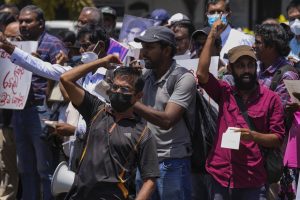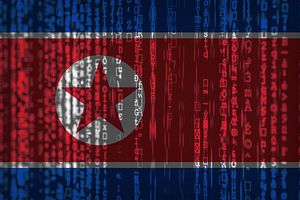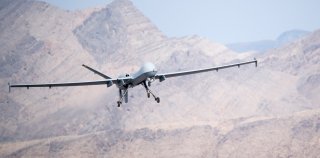Krishan Francis

Sri Lanka’s prime minister and acting president, Ranil Wickremesinghe, will face two rivals in a parliamentary vote Wednesday on who will succeed the ousted leader who fled the country last week amid huge protests triggered by its economic collapse.
Wickremesinghe, a six-time prime minister, is a seasoned politician with wide experience in diplomatic and international affairs and has been leading crucial talks on an economic bailout package with the International Monetary Fund.
He is backed by members of the fragmented ruling coalition but is unpopular among voters, who view him as a holdover from the previous government that led the country into an economic catastrophe. The 73-year-old Wickremesinghe was appointed prime minister by deposed President Gotabaya Rajapaksa in May to help restore Sri Lanka’s international credibility.

















